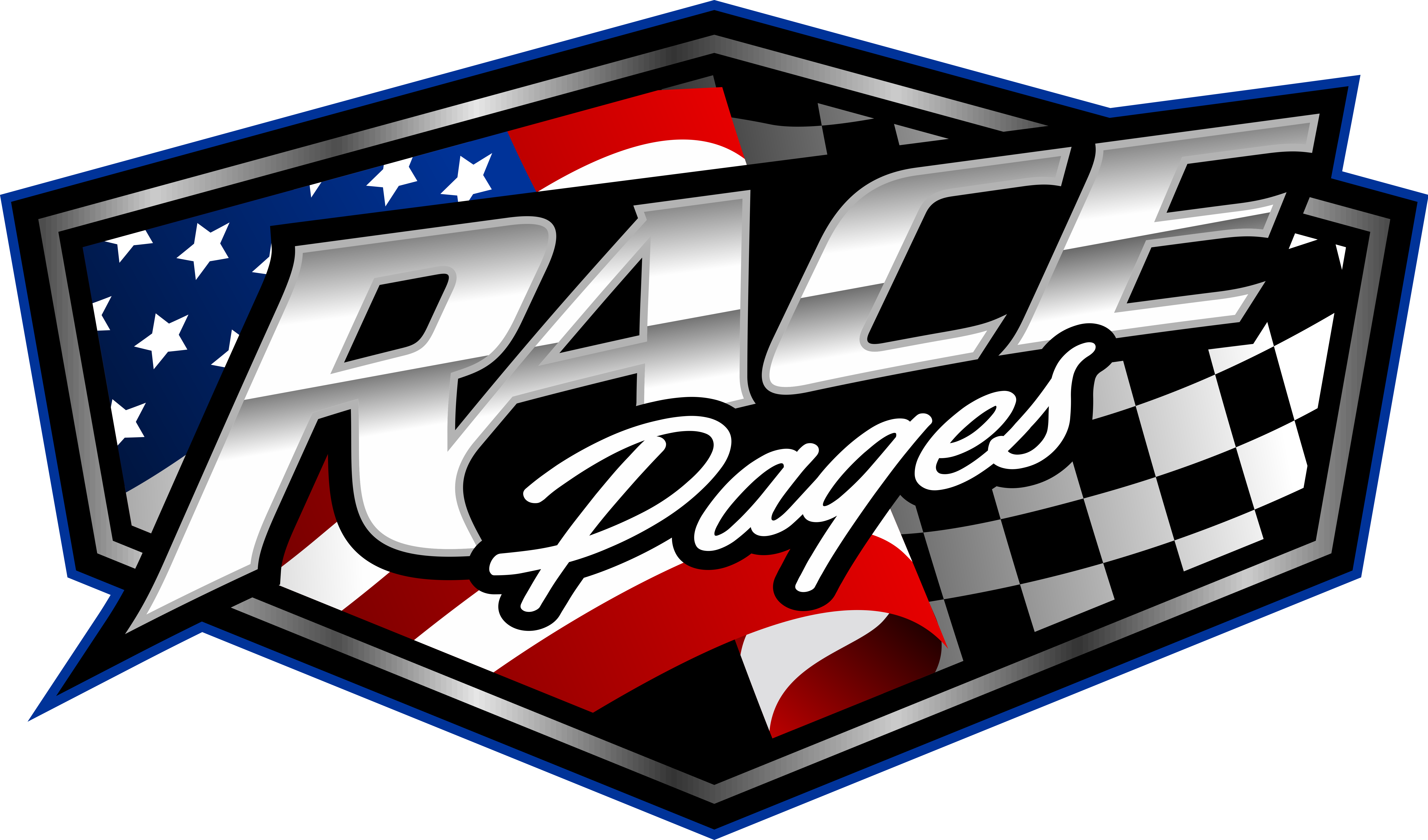From 2023 NHRA Rulebook
ROLL BAR
Roll bar mandatory in all cars (including T-tops) running 11.00 (*7.00) to 11.49 (*7.35), in convertibles running 11.00 (*7.00) to 13.49 (*8.25), and in all dune-buggy-type vehicles running 12.00 (*7.50) seconds and slower. Permitted in all cars. See General Regulations 4:10, 10:6.
ROLL CAGE
A roll cage is mandatory in cars running 10.99 (*6.99) or quicker or any car exceeding 135 mph. In full-bodied cars, with unaltered firewall, floor, and body (from firewall rearward, wheel tubs permitted), running between 10.00 (*6.40) and 10.99 (*6.99), roll bar permitted in place of roll cage. In convertibles running 10.99 or quicker or exceeding 135 mph, roll cage mandatory. See General Regulations 4:4, 4:11, 10:6.
ROLL-CAGE PADDING
Roll-cage padding meeting SFI Spec 45.1 mandatory on any vehicle running 9.99 (*6.39) and quicker. Padding must be used anywhere driver’s helmet may come in contact with roll-cage
components. See General Regulations 4:11, 10:6.
4:10 ROLL BAR GENERAL REGULATIONS:
All roll bars must be within 6 inches of the rear, or side, of the driver’s head, extend in height at least 3 inches above the driver’s helmet with driver in normal driving position or be within 1 inch of the roof/headliner in the area above the driver’s helmet, and be at least as wide as the driver’s shoulders or within 1 inch of the driver’s door. Roll bar must be adequately supported or cross-braced to prevent forward or lateral collapse. Rear braces must be of the same diameter and wall thickness as the roll bar and intersect with the roll bar at a point not more than 5 inches from the top of the roll bar. Crossbar and rear braces must be welded to main hoop. Sidebar must be included on driver’s side and must pass the driver at a point midway between the shoulder and elbow. Swing-out sidebar permitted. All roll bars must have in their construction a cross bar for seat bracing and as the shoulder harness attachment point; cross bar must be installed no more than 4 inches below, and not above, the driver’s shoulders or to side bar. All vehicles with OEM frame must have roll bar welded or bolted to frame; installation of frame connectors on unibody cars does not constitute a frame; therefore it is not necessary to have the roll bar attached to the frame. Unibody cars with stock floor and firewall (wheeltubs permitted) may attach roll bar with 6-inch x 6-inch x .125-inch steel plates on top and bottom of floor bolted together with at least four 3/8-inch bolts and nuts, or weld main hoop to rocker sill area with .125-inch reinforcing plates, with plates welded completely. Also, the roll bar may be welded to frame connectors that are fully welded in place and are 1 5/8 inches x .118-inch MS or .083-inch CM round and/or 2 inch x 2 inch x .058 MS or CM rectangular. All 4130 chromoly or Docol R8 tube welding must be done by approved TIG heliarc process; mild steel welding must be done by approved MIG wire feed or approved TIG heliarc process. Welding must be free of slag and porosity.

